Raised-bed gardening has become a favorite among Canadian gardeners, and it’s easy to see why. This gardening method offers a host of benefits, from better soil control to easier maintenance, making it an excellent choice for both beginners and experienced gardeners. In Canada, where weather conditions and soil quality can vary dramatically from coast to coast, raised-bed gardening provides a practical solution for growing a thriving garden. In this article, we’ll dive deep into the world of raised-bed gardening, exploring its benefits, how to build and maintain a raised bed, and the best plants to grow in Canada’s unique climate. By the end, you’ll have all the tools and knowledge you need to create a flourishing raised-bed garden in your backyard.
What is Raised-Bed Gardening?
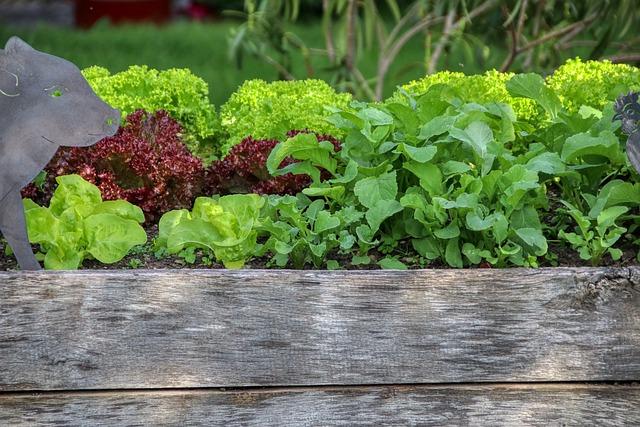
Raised-bed gardening is a method of growing plants in soil that is elevated above the ground, typically contained within a framed structure. These frames can be constructed from a variety of materials, such as wood, stone, brick, or even recycled plastic. The soil in raised beds is often a carefully curated mix of garden soil, compost, and other organic matter, creating a nutrient-rich environment that promotes healthy plant growth.
One of the standout features of raised-bed gardening is the ability to control the soil quality. In Canada, where soil conditions can range from heavy clay in the Prairies to sandy soils in coastal regions, this is a significant advantage. By creating your own soil mix, you can tailor it to the specific needs of your plants, ensuring they receive the right balance of nutrients, drainage, and aeration. Additionally, raised beds are ideal for urban gardeners or those with limited space, as they can be built in small areas like patios, balconies, or even rooftops.
Benefits of Raised-Bed Gardening in Canada
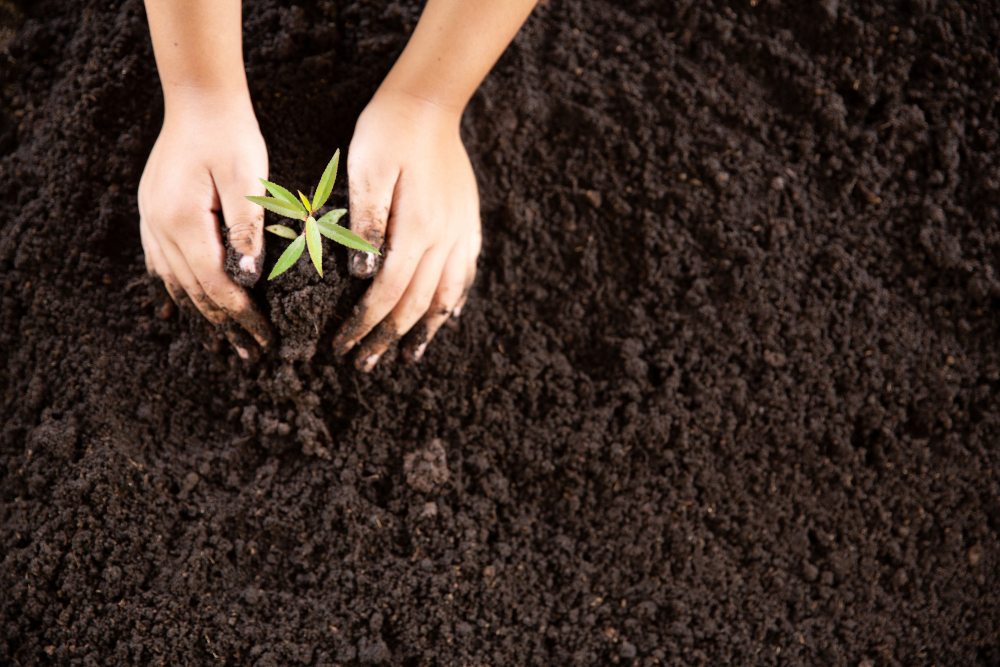
Improved Soil Quality
One of the most compelling reasons to try raised-bed gardening in Canada is the ability to control and improve soil quality. Many regions in Canada have native soil that is less than ideal for gardening. For example, clay-heavy soils in areas like Ontario and Manitoba can become compacted and waterlogged, while sandy soils in parts of British Columbia and the Maritimes drain too quickly and lack nutrients. Raised beds allow you to bypass these challenges by creating a custom soil mix that is rich in organic matter, well-draining, and fertile. This ensures your plants have the best possible environment to grow strong and healthy.
Better Drainage
Proper drainage is critical for plant health, and raised beds excel in this area. In Canada, where heavy rainfall, snowmelt, and spring thaws are common, traditional in-ground gardens can become waterlogged, leading to root rot and other issues. Raised beds, on the other hand, are designed to drain excess water efficiently, preventing these problems. The elevated design allows water to flow through the soil more easily, ensuring that plant roots receive the moisture they need without becoming waterlogged.
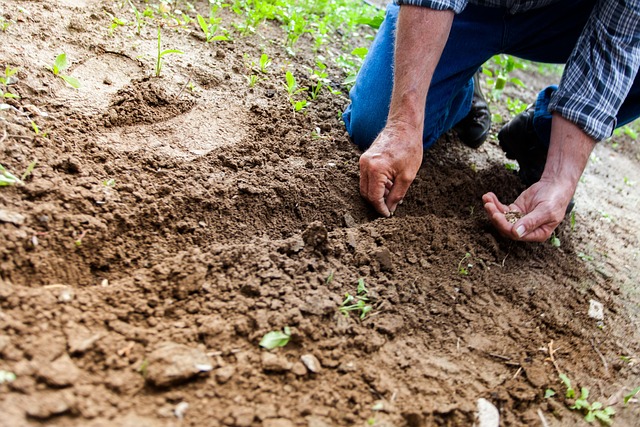
Extended Growing Season
Canada’s growing season can be relatively short, especially in northern regions where frost can occur well into spring and return early in the fall. Raised-bed gardening can help extend the growing season by warming up faster in the spring. The soil in raised beds is exposed to more sunlight and air, allowing it to heat up more quickly than the ground. This means you can start planting earlier in the season. Additionally, raised beds can be easily covered with row covers, cold frames, or even plastic sheeting to protect plants from frost, allowing you to grow crops later into the fall.
Easier Pest Control
Pests can be a major challenge for gardeners, but raised beds offer several advantages when it comes to pest control. By elevating your garden, you can reduce the risk of soil-borne pests and diseases. You can also install physical barriers, such as netting or fencing, to keep larger pests like rabbits, deer, and groundhogs at bay. For smaller pests, such as slugs and insects, raised beds make it easier to monitor and manage infestations. You can also use companion planting techniques to naturally deter pests, such as planting marigolds to repel aphids or garlic to keep away beetles.

Accessibility
For gardeners with mobility issues or physical limitations, raised-bed gardening is a game-changer. The elevated design reduces the need for bending, kneeling, and stooping, making it easier to plant, weed, and harvest. This is particularly beneficial for older adults or those with back or joint problems. Raised beds can also be built at varying heights to accommodate wheelchair users, ensuring that gardening is accessible to everyone.
How to Build a Raised Bed in Canada
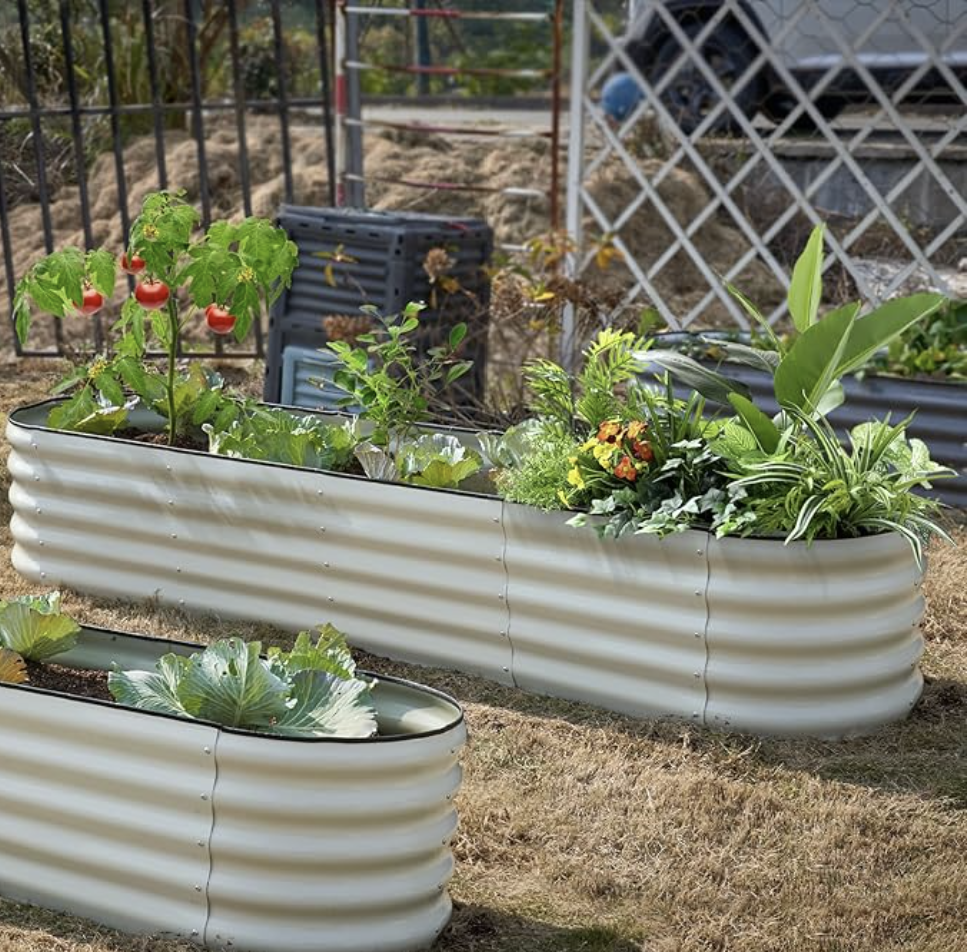
Choosing the Right Location
The first step in building a raised-bed garden is selecting the right location. In Canada, where sunlight can be limited, especially in northern regions, it’s crucial to choose a spot that receives at least six hours of direct sunlight per day. Most vegetables, herbs, and flowers require ample sunlight to thrive, so avoid areas that are shaded by trees, buildings, or other structures. Additionally, consider proximity to a water source, as raised beds may require more frequent watering than in-ground gardens.
Selecting Materials
The materials you choose for your raised bed will depend on your budget, aesthetic preferences, and the specific needs of your garden. Here are some popular options:
– Wood: Cedar and redwood are excellent choices because they are naturally resistant to rot and insects. Avoid using treated wood, as it can leach harmful chemicals into the soil.
– Stone or Brick: These materials are durable and can add a beautiful, rustic look to your garden. However, they can be more expensive and labor-intensive to install.
– Recycled Plastic: Eco-friendly and long-lasting, recycled plastic is a great option for those looking for a low-maintenance material. It’s also lightweight and easy to assemble.
Building the Frame
Once you’ve chosen your materials, it’s time to build the frame. The size of your raised bed will depend on the space you have available and the types of plants you want to grow. A common size is 4 feet by 8 feet, as this allows for easy access to the center of the bed from either side. Here’s how to build the frame:
1. Cut the Materials: Cut your chosen materials to the desired size. For a 4×8 foot bed, you’ll need four pieces of wood (or other material) cut to 4 feet and four pieces cut to 8 feet.
2. Assemble the Frame: Use screws or nails to secure the pieces together, forming a rectangular frame. Make sure the corners are square and the frame is sturdy.
3. Level the Ground: Place the frame in your chosen location and use a level to ensure it’s even. You may need to dig out some soil or add gravel to achieve a level surface.
Filling the Bed

Once your frame is in place, it’s time to fill it with soil. A good soil mix for raised-bed gardening in Canada should include:
– Garden Soil: This will make up the bulk of your soil mix. Choose a high-quality garden soil that is free of weeds and pests.
– Compost: Compost adds essential nutrients to the soil and improves its structure. You can make your own compost or purchase it from a garden center.
– Peat Moss or Coconut Coir: These materials help retain moisture and improve soil aeration. They are particularly useful in areas with heavy clay soil.
– Perlite or Vermiculite: These additives improve drainage and prevent soil compaction.
Mix these ingredients thoroughly before filling your raised bed. Aim for a depth of at least 12 inches, as this will provide enough room for plant roots to grow.
- Read also: Vertical Herb Garden Ideas
Choosing Plants for Your Raised-Bed Garden

Vegetables
Raised beds are ideal for growing a wide variety of vegetables. In Canada, some of the best vegetables to grow in raised beds include:
– Tomatoes: Tomatoes thrive in the warm, well-drained soil of raised beds. Choose a sunny spot and provide support for the plants as they grow.
– Carrots: Carrots prefer loose, sandy soil, which is easy to achieve in a raised bed. Make sure the soil is free of rocks and debris to prevent misshapen roots.
– Lettuce and Leafy Greens: These cool-season crops do well in raised beds, especially in the spring and fall. You can also grow them under row covers to extend the growing season.
– Peppers: Peppers need plenty of sunlight and well-drained soil, making them a great choice for raised beds. They also benefit from the added warmth of the elevated soil.
Herbs
Herbs are another excellent choice for raised-bed gardening. Many herbs, such as basil, thyme, and oregano, prefer well-drained soil and plenty of sunlight. In Canada, you can grow herbs in raised beds throughout the growing season and even bring them indoors during the winter.
Flowers
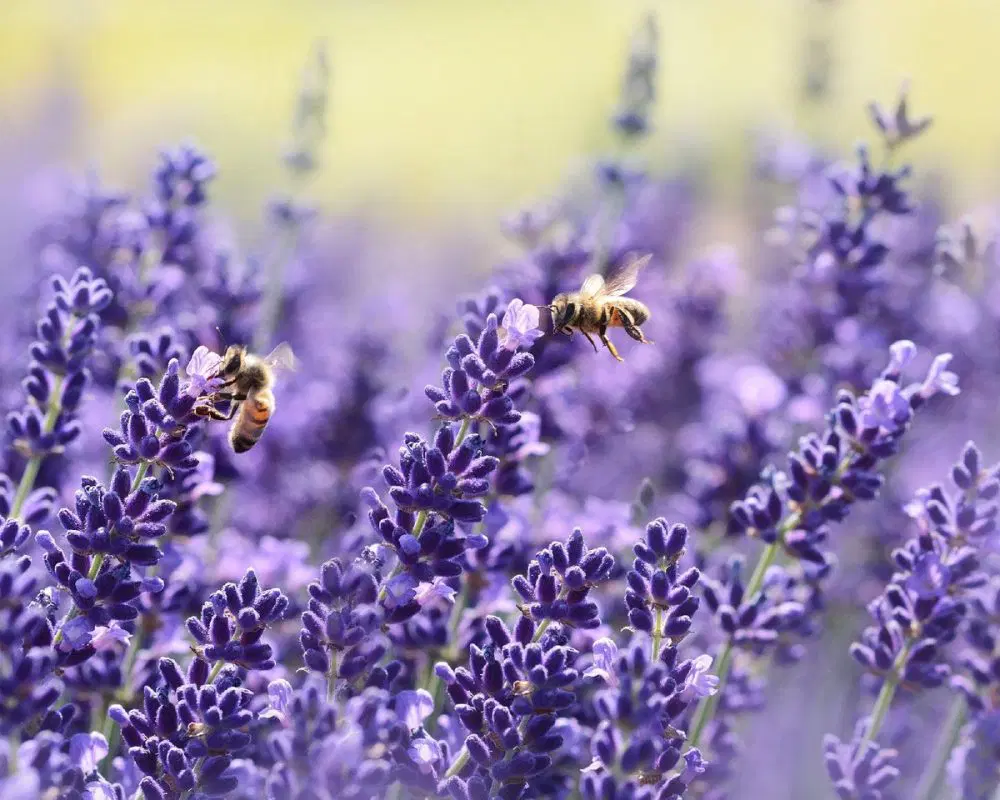
Raised beds are not just for vegetables and herbs; they can also be used to grow beautiful flowers. In Canada, some popular flowers for raised beds include:
– Marigolds: These hardy flowers are easy to grow and can help deter pests from your garden.
– Petunias: Petunias thrive in the well-drained soil of raised beds and add a splash of color to your garden.
– Zinnias: Zinnias are heat-tolerant and bloom throughout the summer, making them a great choice for Canadian gardens.
Maintaining Your Raised-Bed Garden
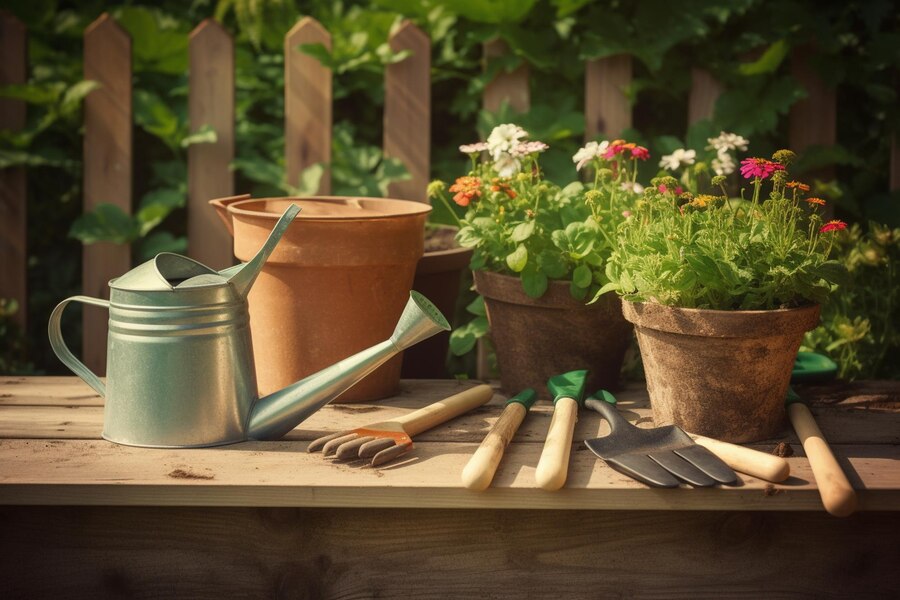
Watering
Proper watering is essential for the success of your raised-bed garden. In Canada, where summers can be hot and dry, it’s important to keep the soil consistently moist. Raised beds tend to dry out faster than in-ground gardens, so you may need to water more frequently. Consider installing a drip irrigation system to ensure even watering and reduce water waste.
Mulching
Mulching is another important aspect of raised-bed gardening. Mulch helps retain soil moisture, suppress weeds, and regulate soil temperature. In Canada, organic mulches such as straw, wood chips, or shredded leaves are excellent choices. Apply a layer of mulch around your plants, being careful not to cover the stems or crowns.
Fertilizing
Even with a rich soil mix, your plants will benefit from regular fertilization. In Canada, where the growing season is relatively short, it’s important to provide your plants with the nutrients they need to grow quickly and produce a bountiful harvest. Use a balanced, organic fertilizer and follow the manufacturer’s instructions for application rates.
Pest Control
While raised beds can help reduce pest problems, it’s still important to monitor your garden for signs of pests. In Canada, common garden pests include aphids, slugs, and cabbage worms. Use organic pest control methods, such as hand-picking, insecticidal soap, or introducing beneficial insects like ladybugs.
Crop Rotation
To maintain soil health and prevent the buildup of pests and diseases, practice crop rotation in your raised-bed garden. In Canada, where the growing season is limited, it’s important to plan your garden layout carefully. Rotate crops from different plant families each year to ensure that the soil remains fertile and balanced.